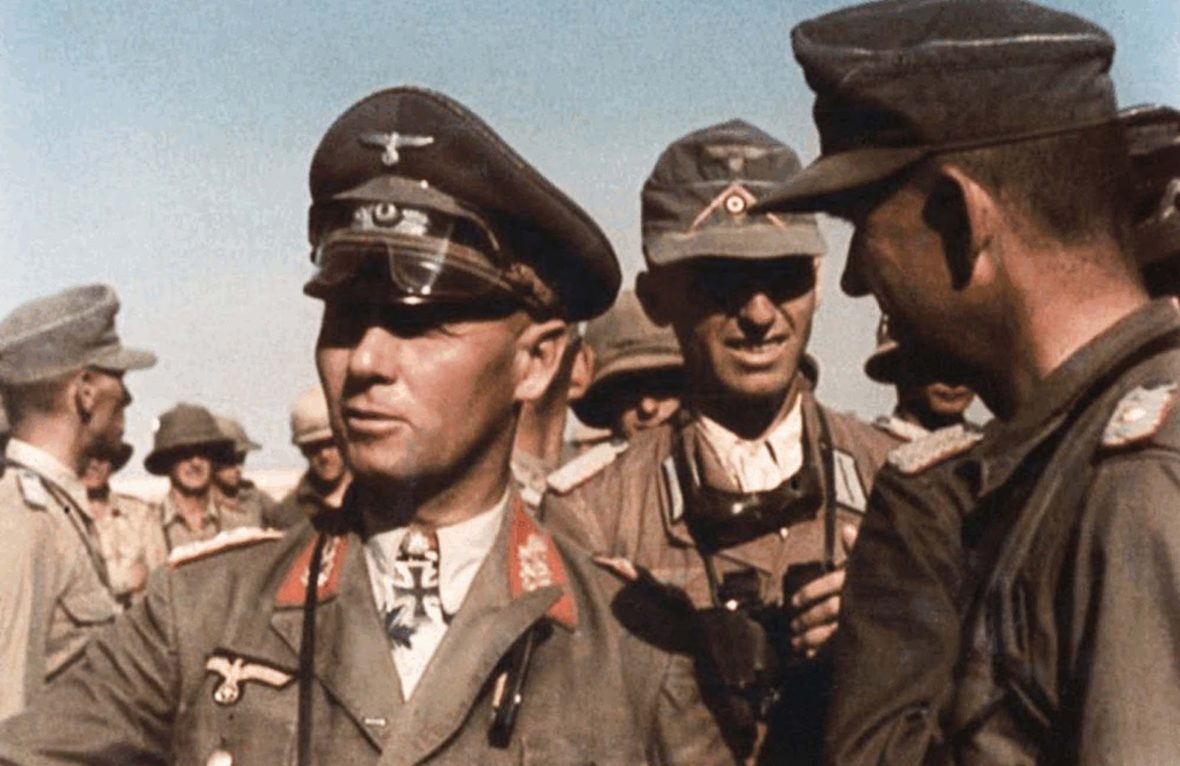Erwin Rommel was a German general and military theorist. Popularly known as the Desert Fox, he served as field marshal in the Wehrmacht of Nazi Germany during World War II. Take a look below for 30 more fascinating and interesting facts about Erwin Rommel.
1. Rommel was a highly decorated officer in World War I and was awarded the Pour le Merite for his actions on the Italian Front.
2. In 1937, he published his classic book on military tactics, Infantry Attacks, drawing on his experiences from World War I.
3. In World War II, he distinguished himself as the commander of the 7th Panzer Division during the 1940 invasion of France.
4. His leadership of German and Italian forces in the North African Campaign established his reputation as one of the most able tank commanders of the war, and earned him the nickname Desert Fox.
5. Among his British adversaries, he earned a strong reputation for chivalry, and the North African campaign has often been called a “war without hate.”
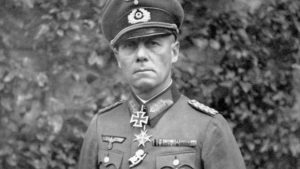
6. He later commanded the German forces opposing the Allied cross-channel invasion of Normandy in June 1944.
7. Rommel supported the Nazi seizure of power and Adolf Hitler, although his reluctant stance towards antisemitism, Nazi ideology and level of knowledge of the Holocaust remain a matter of debate among scholars.
8. In 1944, Rommel was implicated on the July 20 plot to assassinate Hitler.
9. Due to Rommel’s statue as a national hero, Hitler wanted to eliminate him quietly instead of immediately executing him, as many other plotters were.
10. Rommel was given a choice between committing suicide, in return for assurances that his reputation would remain intact and that his family would not be persecuted following his death, or facing a trial that would result in his disgrace and execution. He chose the former and committed suicide using a cyanide pill.
11. Rommel was given a state funeral, and it was announced that he had succumbed to his injuries from the strafing of his staff car in Normandy.
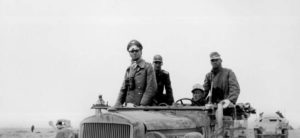
12. Rommel has become a larger than life figure in both Allied and Nazi propaganda, and in postwar popular culture, with numerous authors considering him an apolitical, brilliant commander and a victim of the Third Reich.
13. His reputation for conducting a clean war was used in the interest of the West German rearmament and reconciliation between the former enemies.
14. Several of Rommel’s former subordinates, notable his chief of staff Hans Speidel, played key roles in German rearmament and integration into NATO in the postwar era.
15. The German Army’s largest military base, the Field Marshal Rommel Barracks, Augustdorf, is named in his honor.
16. He was born on November 15, 1891, in Heideheim, Germany.
17. His parents were Erwin Rommel Sr., a schoolmaster and Helene von Lutz, who’s father was a local government official.
18. Rommel was the third of five siblings. He had an older brother, Manfred, who died in infancy, an older sister who was an art teacher and Rommel’s favorite sibling.
19. His two younger brothers went on to become a dentist and an opera singer respectively.
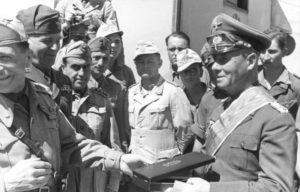
20. Rommel was described as a gentle child by his sister.
21. He initially wanted to be an engineer, having developed interest in mathematics and technology.
22. His father urged him to join the military and that’s what he did, serving in both the World Wars.
23. He joined the 124th Wurttemberg Infantry Regiment and started studying in Officer Cadet School in 1910. He graduated in 1911.
24. Right after his graduation, Rommel was posted as battery commander to the 46th Field Artillery Regiment.
25. He fought in France, making skillful use of military tactics to launch attacks against the French garrison without having massive casualties.
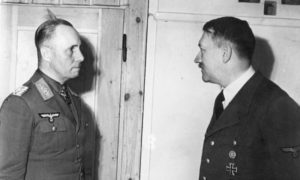
26. In 1911, Rommel was engaged to be married to Lucia Maria Mollin. Lucia studied in Danzig at the time.
27. In 1913, Rommel met Walburga Stemmer, a 21 year old fruit seller in Weingarten, where he was stationed to train army recruits. Walburga had a child from this relationship.
28. On December 8, 1913, Walburga gave birth to Rommel’s daughter Gertrud. Rommel had a deep affection for his newborn daughter and referred to her as his “little mouse” in a number of letters.
29. It’s reported that, after coming to know about the nature of his relationship with Walburga, Rommel’s mother put a lot of pressure on him to return and marry Lucia. Bound by his word, Rommel broke off his relationship with Walburga but continued to support Gertrud financially with the consent of Lucia.
30. In November 1916, Rommel married Lucia in Danzig. Walburga and Gertrud continued to live with the couple until Walburga’s death by overdose in 1928.

